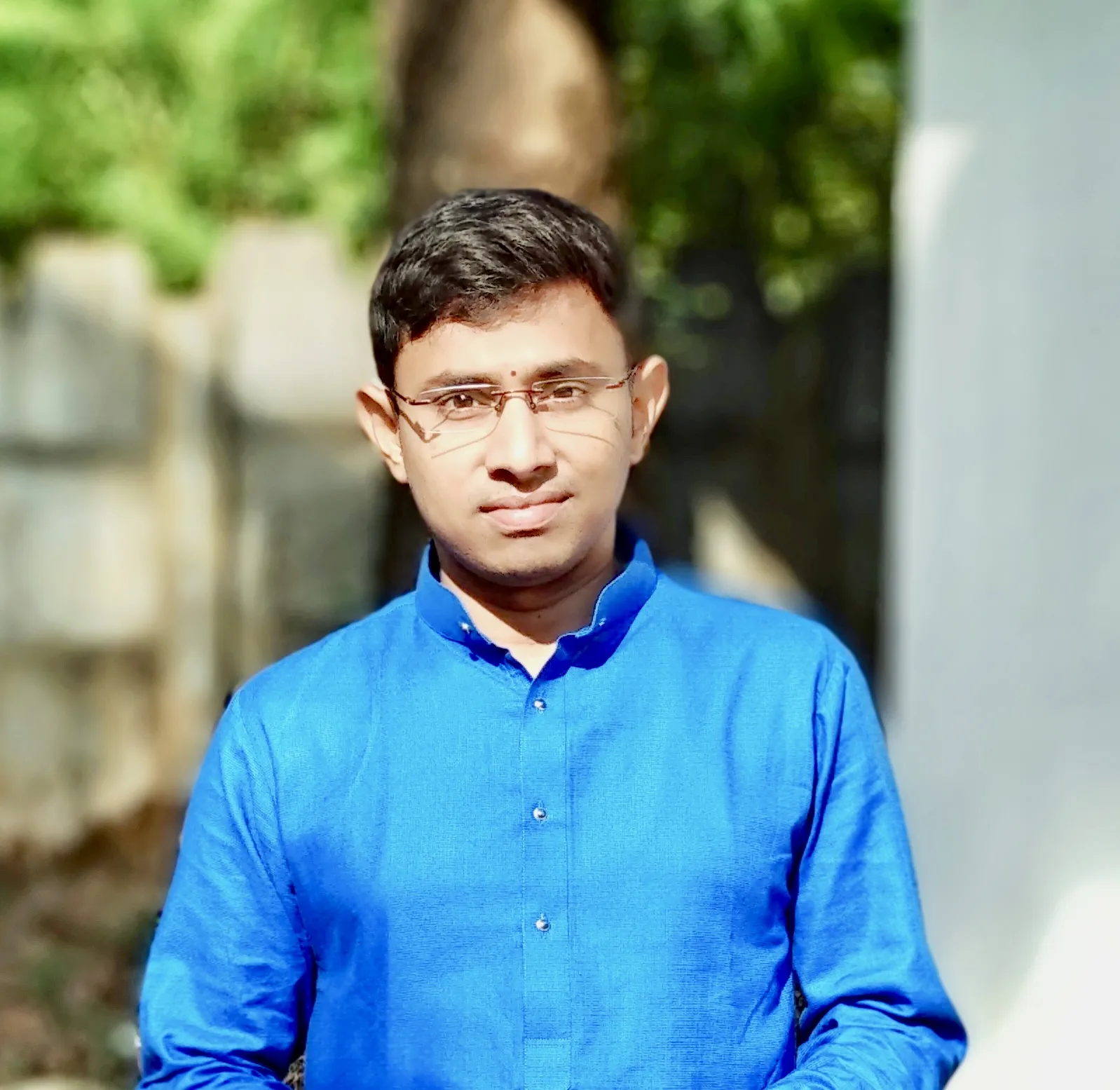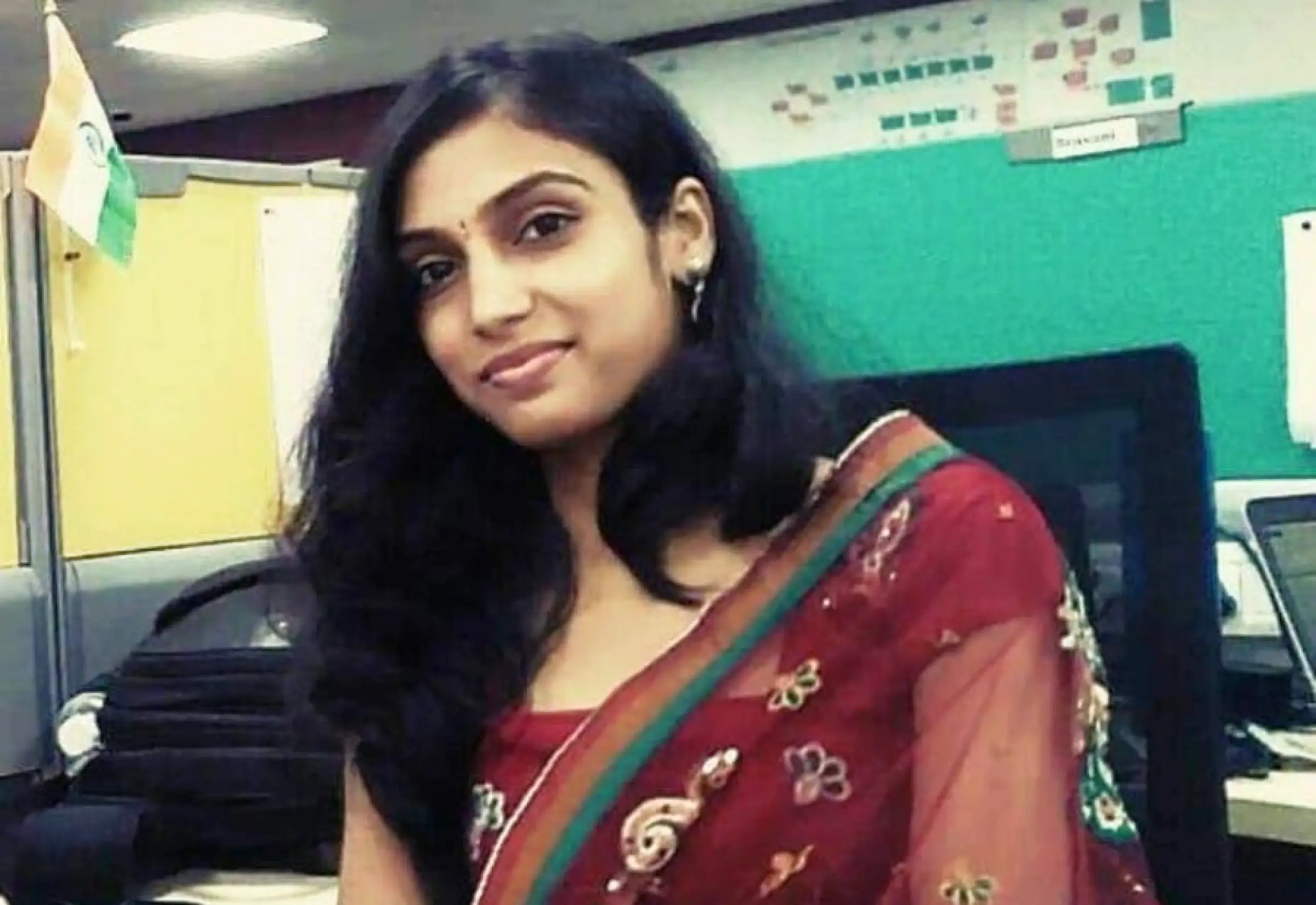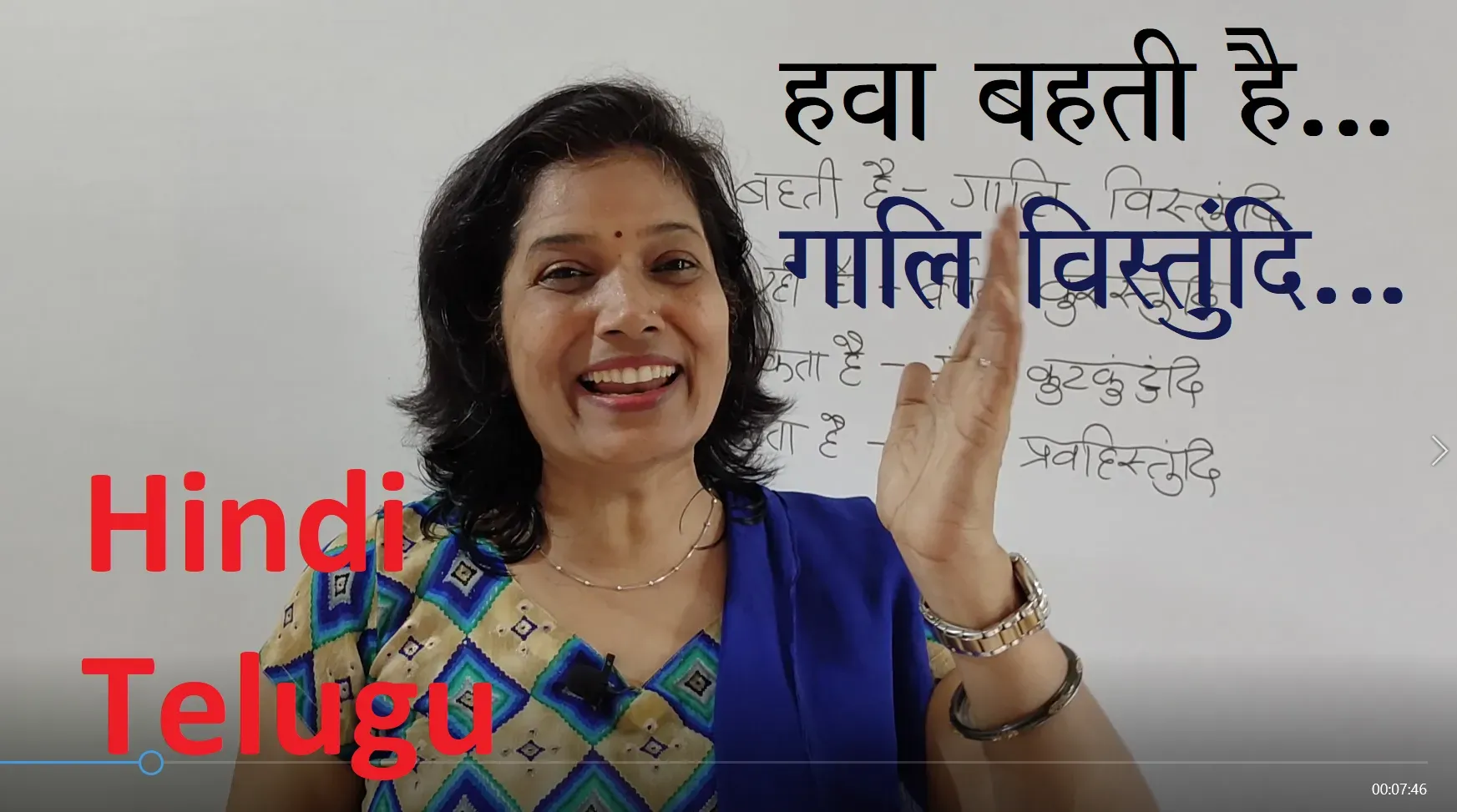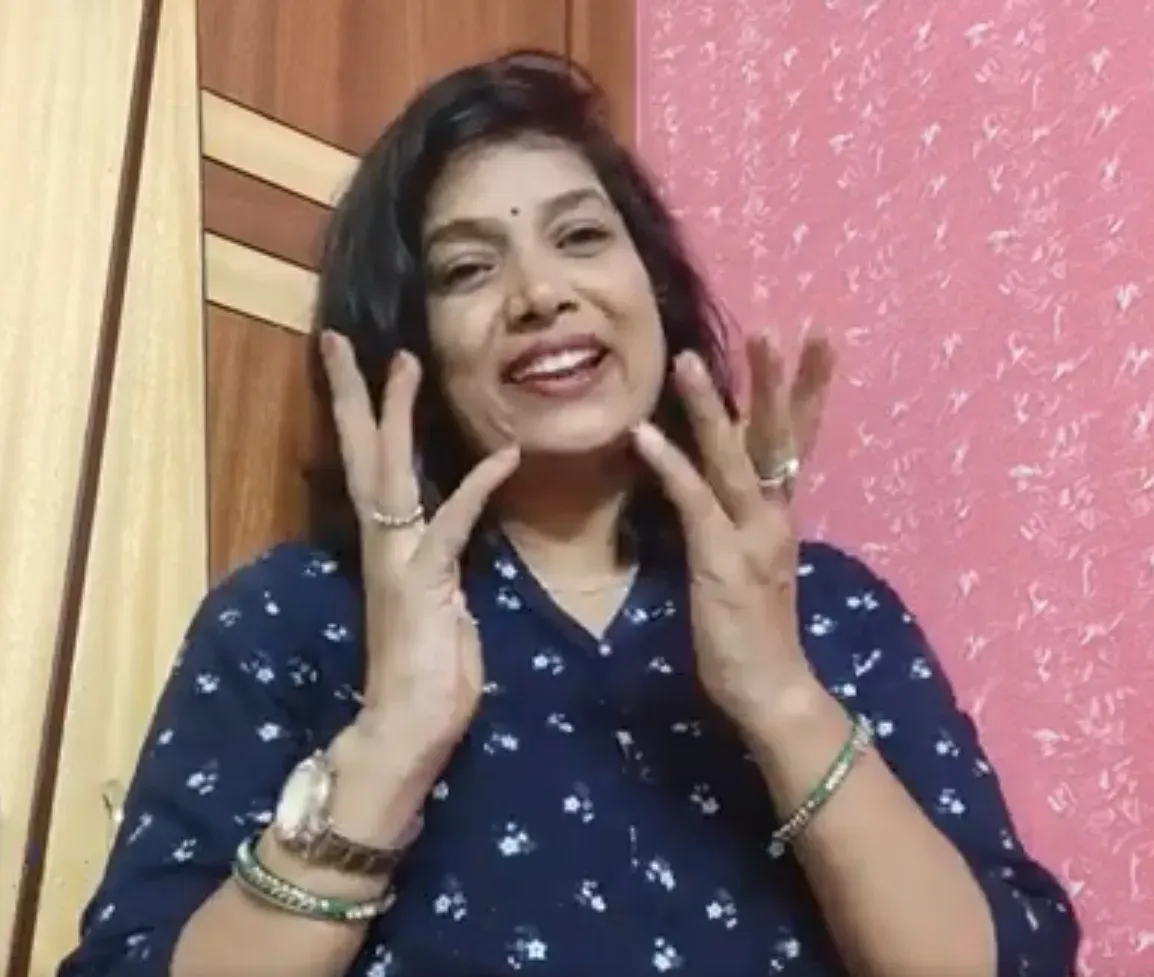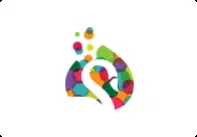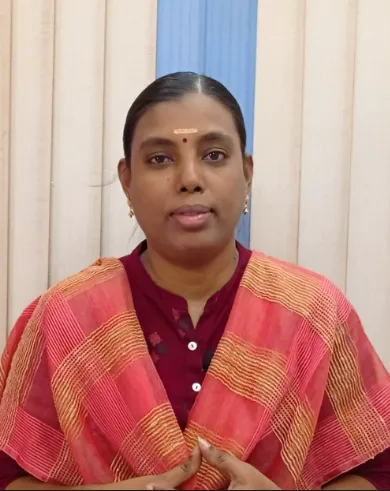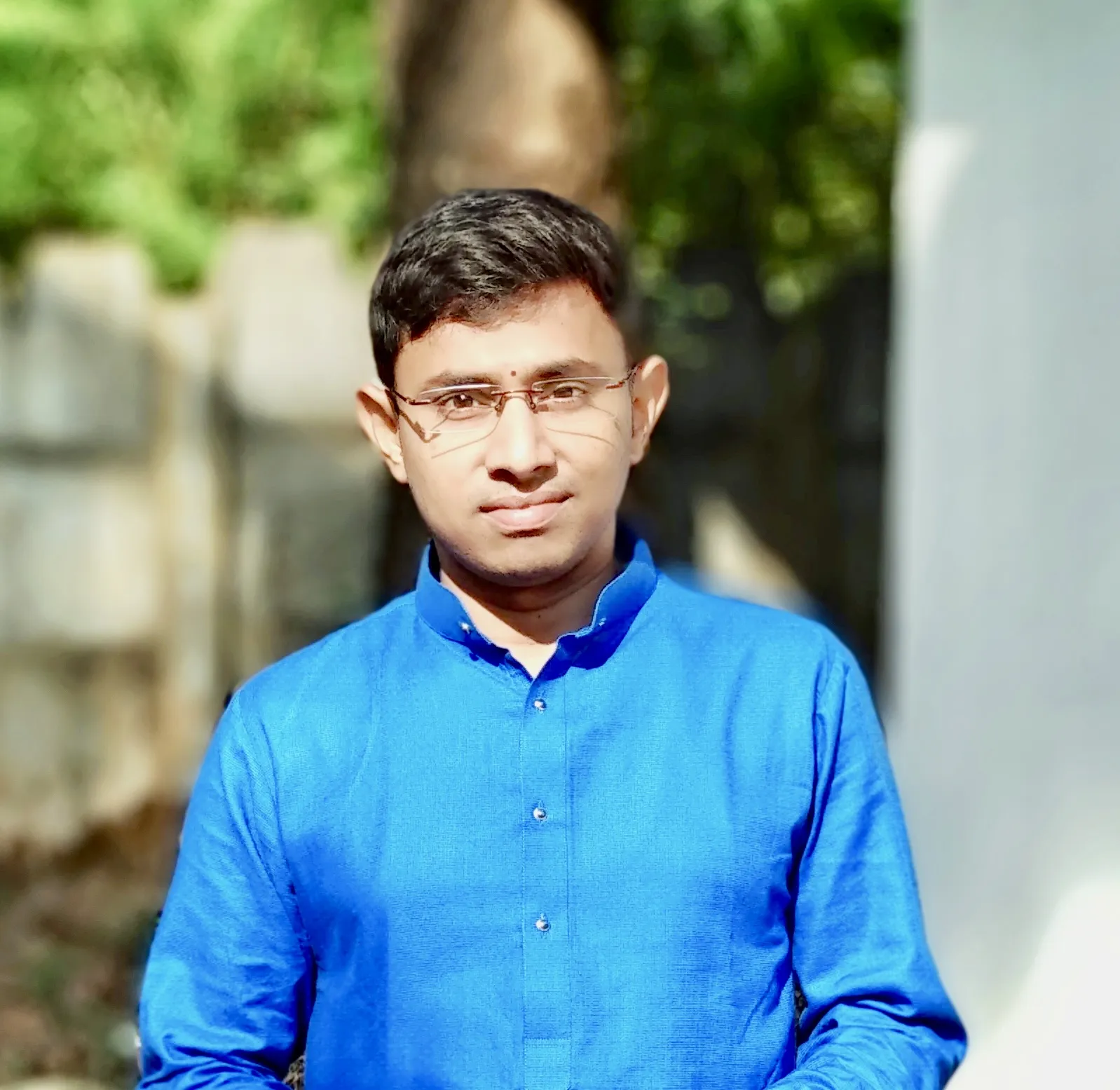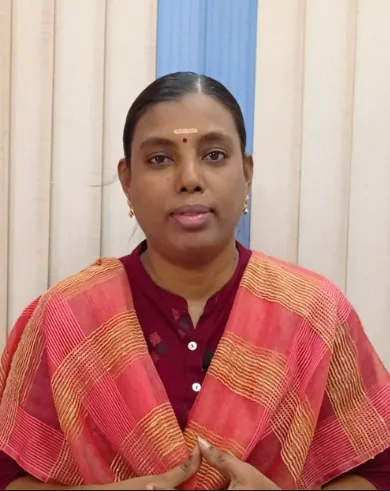Spoken Languages in India
India is ranked as the fourth multilingual country in the world. In the list, it comes after Papua New Guinea, Indonesia, and Nigeria. It is followed by China, Mexico, Cameroon, and at least 130 other countries that have their people speaking in over 100 languages.
India has witnessed an influx of people from diverse races, cultures, and geographical locations worldwide. This has led to a profusely enriched culture. The diverse languages and dialects have also evolved in the same manner.
How Many Languages are Spoken in India?
India is home to a remarkable linguistic diversity, with over 19,500 languages spoken in India as a mother tongue, according to the latest census analysis. It's also home to the world's oldest language, Hindi.
Among these, 1,369 rationalized mother tongues have been identified, with 270 having 10,000 or more speakers each. The languages in Hindustan encompass a wide range of cultural and historical backgrounds, reflecting the rich tapestry of the country.
Additionally, there are 121 major languages, including 22 Indian official languages. This linguistic variety highlights India's unique identity and the importance of preserving its diverse languages and dialects.
Here is the List of Spoken Languages In India
1. Hindi
2. Bengali
3. Marathi
4. Gujarati
5. Punjabi
6. Urdu
7. Odia
8. Sindhi
9. Tamil
10. Telugu
11. Kannada
12. Malayalam
13. Assamese
14. Sindhi
15. Manipuri (Meitei)
16. Bodo
17. Mizo
18. Nagaland Languages
19. Santali
20. Khasi
21. Mundari
22. English
23. Konkani
24. Tulu
Let's read in details one by one.
1. Hindi
Hindi is also the fourth most spoken language in the world. It is vividly spoken in the northern and central parts of India.
Is Hindi the national language of India? The Hindi speaking population claim it to be so. But this claim is challenged by others. The latter claim that there is no national language of India as such. And that - the constitution only mentions 22 official languages of India.
The following information would be interesting to people who are interested in how the Hindi language evolved.
Prakrit language Souraseni transitioned to blend with Urdu and Sanskrit to form Hindi.
Madhya Pradesh, Chhattisgarh, Uttarakhand, Haryana, and Himachal Pradesh. It is also the official language in Delhi, India’s capital region. After India gained independence, Hindi became the official language of the central government, along with English.
2. Bengali
Primarily spoken in West Bengal and parts of northeastern India, as well as Bangladesh.
The several influences that helped shape this language include - Magadhi Prakrit which evolved into Ardha Magadhi. The influence of Sanskrit was always there. In the 13th century, the Arabic and Persian influences further shaped the language and dialect.
Also read: 8 Easiest Languages in the World to Learn
3. Marathi
Commonly spoken in Maharashtra, with a rich literary and cultural history.
Marathi evolved from Maharashtri Prakrit. It is part of the Indo-Aryan language family with roots in Sanskrit. The language began to flourish in the 13th century with literary contributions from saints like Dnyaneshwar.
The Yadava dynasty promoted Marathi, and its prominence grew under the Maratha Kingdom in the 17th century.
During British rule in the 19th century, efforts to standardize grammar and vocabulary emerged, leading to the development of modern Marathi. Today, it is widely spoken in Maharashtra and boasts a rich literary tradition.
4. Gujarati
Gujarati is the official language of Gujarat and has over 60 million speakers. It evolved around the 12th century blending elements from Sanskrit, Prakrit, Arabic, Persian, and Portuguese. This confluence was majorly facilitated by trade and cultural exchanges.
The Gujarati script is distinctive, with rounded letters and no horizontal line, making it easily recognizable. Gujarati culture is rich in festivals, music, and dance, with traditional forms like Garba reflecting its vibrant heritage.
5. Punjabi
Punjabi is widely spoken in Punjab and among Sikh communities, with approximately 30 million speakers. It uses the Gurmukhi script, which was standardized in the 16th century by Guru Angad Dev. Punjabi has a rich literary tradition, including poetry and folk songs that celebrate its cultural identity.
6. Urdu
Urdu serves as the official language in Jammu and Kashmir, Uttar Pradesh, and parts of northern India. It has around 70 million speakers and uses the Perso-Arabic script. Urdu developed during the Mughal era from a mix of Persian, Arabic, Turkish, and local dialects. It is known for its poetic forms and literary contributions.
7. Odia
Odia is the official language of Odisha, spoken by about 40 million people. It has a rich literary history dating back to the 10th century. It features a unique script derived from Brahmi. Odia boasts of a rich literary legacy that is hailing high even today.
8. Sindhi
Sindhi is primarily spoken by Sindhi communities in Gujarat and Maharashtra. With around 2.5 million speakers, it uses both Devanagari and Perso-Arabic scripts. Sindhi has a rich oral tradition of poetry and storytelling that reflects the community's cultural heritage.
9. Tamil
Tamil is one of the world's oldest languages, with a history dating back over 2,000 years. Spoken primarily in Tamil Nadu and parts of Sri Lanka, it belongs to the Dravidian language family.
Tamil has three main periods: Old Tamil (300 BCE–700 CE), Middle Tamil (700–1600 CE), and Modern Tamil (1600 CE–present). The language features a unique script derived from Brahmi and boasts a rich literary tradition, including the famous Sangam literature, which reflects its cultural heritage.
10. Telugu
Telugu is the official language of Andhra Pradesh and Telangana, with around 81 million speakers. It is part of the Dravidian language family and has a distinct script. Telugu has a rich cultural heritage, characterized by classical literature, poetry, and music. The language evolved from ancient forms and has been influenced by Sanskrit and regional dialects over centuries.
11. Kannada
Kannada is widely spoken in Karnataka, with approximately 50 million speakers. It belongs to the Dravidian language family and features a unique script that evolved from Brahmi. Kannada has a strong literary tradition, including classical works dating back to the 9th century. The language has been shaped by various influences, including Sanskrit and local dialects, contributing to its rich cultural identity.
12. Malayalam
Malayalam is predominantly spoken in Kerala, with around 38 million speakers. It evolved from ancient Tamil and has its distinct script. Malayalam boasts a rich literary history that includes poetry, novels and plays. The language has been influenced by Sanskrit and Arabic enriching its vocabulary and literary forms.
13. Assamese
Assamese is spoken by about 15 million people in Assam. It has a unique script derived from Brahmi. It features a vibrant literary tradition that includes folk tales, poetry, and modern literature. Assamese culture is celebrated for its festivals, music, and dance forms that reflect the region's heritage.
14. Sindhi
Sindhi is primarily spoken by Sindhi communities in Gujarat and Maharashtra. With around 2.5 million speakers, it uses both Devanagari and Perso-Arabic scripts. Sindhi has a rich oral tradition of poetry and storytelling that reflects the community's cultural heritage.
15. Manipuri (Meitei)
Official language of Manipur, with a unique script and culture.
16. Bodo
Spoken in Assam and parts of northeastern India, recognized officially in Assam.
17. Mizo
The language of Mizoram, reflects the region's Tibeto-Burman heritage.
18. Nagaland Languages
Nagaland is home to multiple languages, such as Ao, Angami, and Lotha, each reflecting the state’s tribal diversity.
19. Santali
Predominantly spoken by the Santhal tribe in Jharkhand, West Bengal, and Odisha, with its own Ol Chiki script.
20.Khasi
Spoken in Meghalaya, primarily by the Khasi tribal communities.
21. Mundari
Language of the Munda tribe, spoken in central and eastern India.
22. English
Widely used as a second language, especially in education, business, and government.
23. Konkani
Spoken in Goa, with influences from Portuguese and Marathi.
24. Tulu
Spoken by communities in coastal Karnataka and parts of Kerala, with a unique cultural identity.
In Essence: Languages Spoken in India
In conclusion, the diverse languages of India enrich the country's linguistic landscape. Each language embodies its own unique cultural, historical, and literary heritage. It reflects the varied experiences and traditions of the communities that speak them.
This linguistic diversity fosters a sense of identity and belonging among speakers. It also enhances India's cultural tapestry. By celebrating and preserving these languages, we honor the rich narratives they carry. It ensures that future generations can appreciate the profound depth of India's heritage.
Since time immemorial, Indian philosophy and literature has intrigued thought leaders of the world and it continues to do so even now. Though there are translations available, the real essence is found only in the original writings
So, if you want to enjoy Indian literature or just want to learn a new language, you could explore online language classes.


